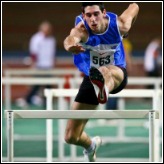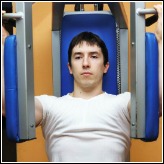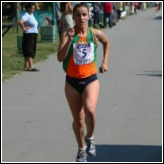Core Fitness Training
Your First Steps To Better Stability
What is core fitness training? Well let’s begin at the beginning. Your core is that part of your body which sits on your hips and ends just under your arm pit. Fitness on the other hand is a term used to describe your ability to cope with a specific type of stress regardless of whether the stress is physical or mental. In this case, we are talking about physical fitness. Put the two terms together and core fitness becomes the ability of your trunk to cope with the stresses and strains that your activity or sport places on it.
Simple… Well, no, not really.
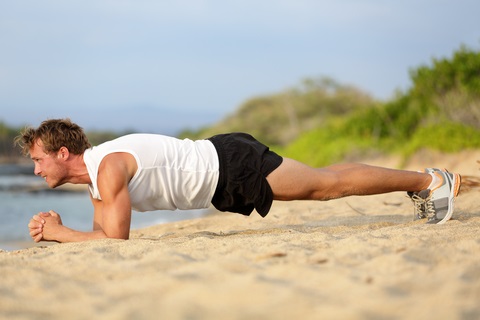
The ability of your trunk to cope with the demands of your sport is a multifaceted and complex issue. This is because your core must function on a number of levels and planes. For example your core needs to:
- Stabilize your spine;
- Provide additional stability while producing movement of the trunk through all the planes of the body.
In the majority of cases the core needs to perform all these roles at the same time. Therefore if you are designing a core fitness training program you will have to meet the needs of all the muscles involved in these functions.
Both levels of core fitness are equally important, you might even say that the fitness level of the deep muscular structure is more important than any other level and I wouldn’t disagree with that. Like the building of a well-constructed house, the development of these deep muscular structures is the foundation of true core stability. This is the first step in your core fitness training regime. You skip it at your peril!
Stabilize Your Spine
The group of muscle which stabilizes the spine do just that, they stabilize. These muscles (primarily the multifidus and transversus abdominis) have short lines of pull and only become activated in anticipation of you performing a particular action. In effect, they help to provide a stable foundation for the spine from which a dynamic movement can be performed.
In the normal scheme of things, all you need to do is to have the intention to move, for these muscles to become activated. However, they can become inactive for a number of reasons. They can switch off due to:
- An injury;
- Excessive training loads;
- Bad technique or poor posture.
When these muscles become inactive, injury is never very far away. It is therefore very important that you become aware of these deep muscles and stimulate them through a well thought out core fitness training program.
Exercises to Activate Deep Core Muscles
The deep stabilizing muscles of your core are endurance muscles. They are not strong in the normal sense of the word. Therefore, normal sit up and certainly exercises with excessive loads will do very little to stimulate these muscles. Your core fitness training goal for the multifidus and transversus abdominis is to educate them to become activated when they should (i.e. first) and for them to remain activated for as long as they need to be.
You would activate and increase these muscles’fitness by:
- First holding the spine in a neutral position;
- And then apply low loads through the core for an extended period of time.
The following exercise will help you to become aware of transversus abdominis muscle:
- Lay on your back on a mat
- Bend your knees until your feet are flat on the floor
- Ensure your spine is in a neutral position i.e. no excessive tension
- Place your hands at the base and top of your abdomen
- Raise one your arms and take it slowly back over your head
- As you do so feel your back lengthen along the floor
- Your abdomen should collapse in on itself, take care not to draw your stomach in with muscular force or increase the curvature of the spine on the floor
- Complete 3 sets of 10 repetitions.
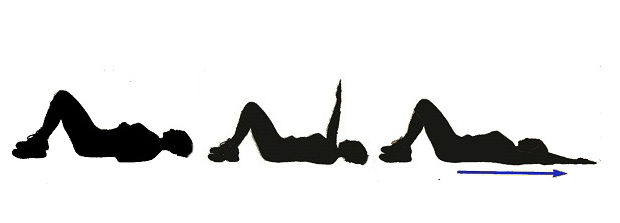
The above exercise can be progressed in the following ways:
- Take both arms over your head at the same time
- Alternate straightening one leg as the opposite arm goes over your head – keeping your foot in touch with the floor at all times
- Alternate straightening one leg as the opposite arm goes over your head – holding your foot 10cm off the floor
- Use of a 2 kilo medicine ball.
In all cases you should ensure the muscles of your spine and abdomen are relaxed and both sides of you pelvis is in contact with ground at all times.
Having done these exercises you won’t necessarily feel stronger but you will have a sense of control in your lower abdomen. This is your first step to greater core fitness and is the foundation upon which superior trunk stability is built. I ask the athletes I work with to activate this region as part of their warm up every session – you should too.
Sign Up For The Latest Track And Field News And Improve Your Athletic Performance!
From "The First Steps to Core Fitness Training" To "Faster, Stronger, Better – Your Shortcut To Improved Athletic Performance"
Learn more about Core Training.





